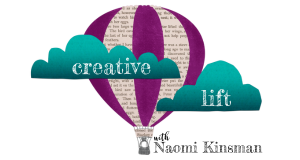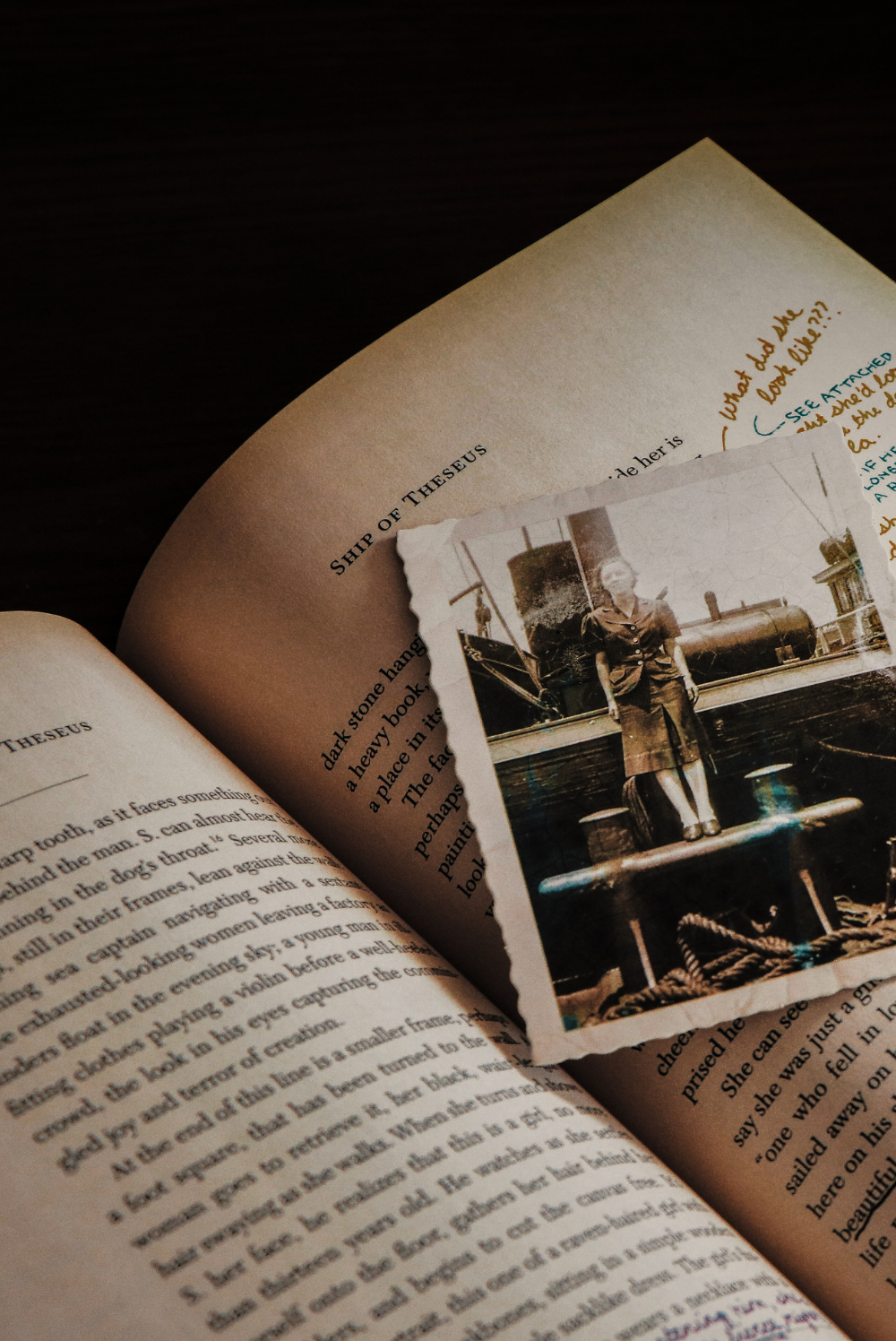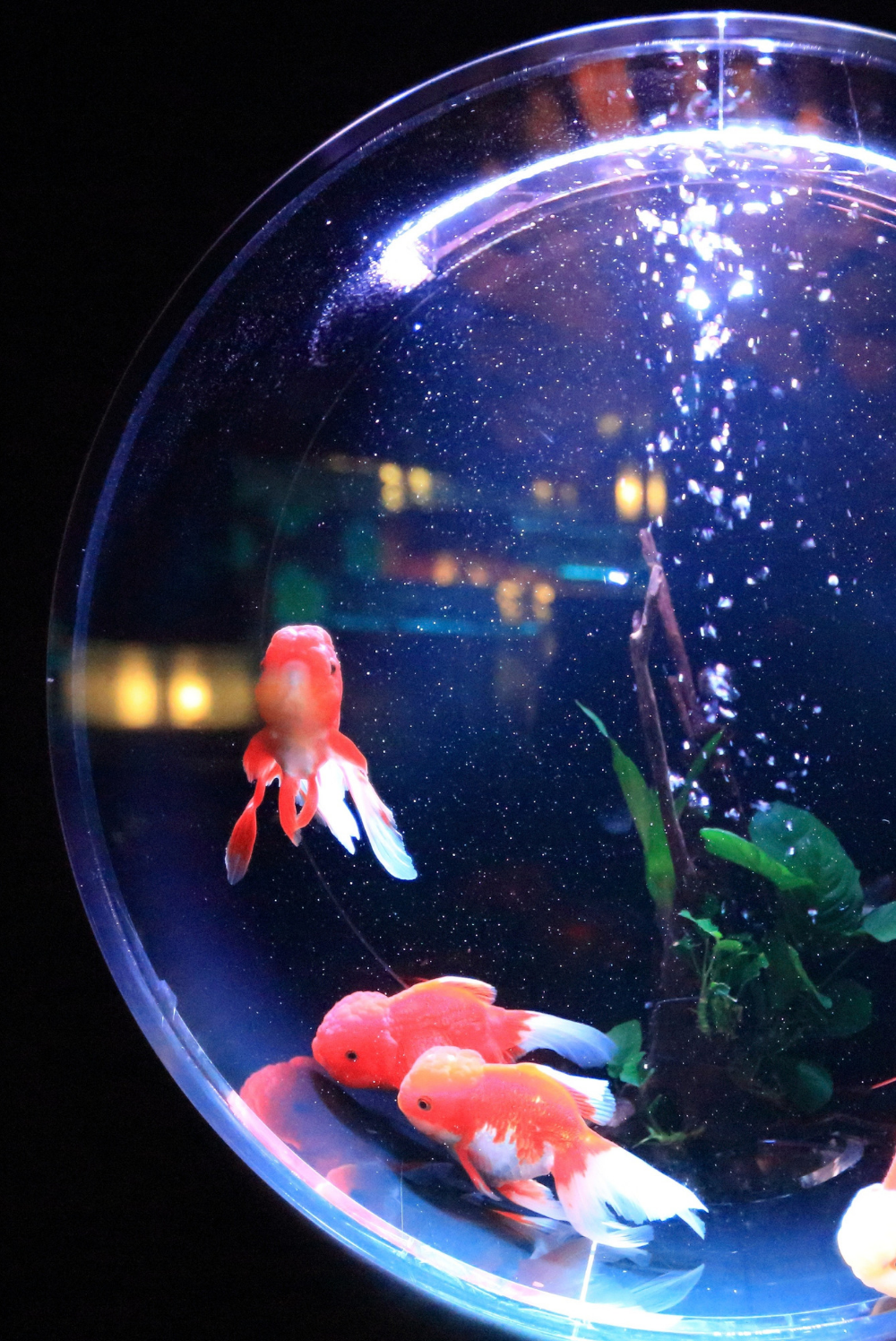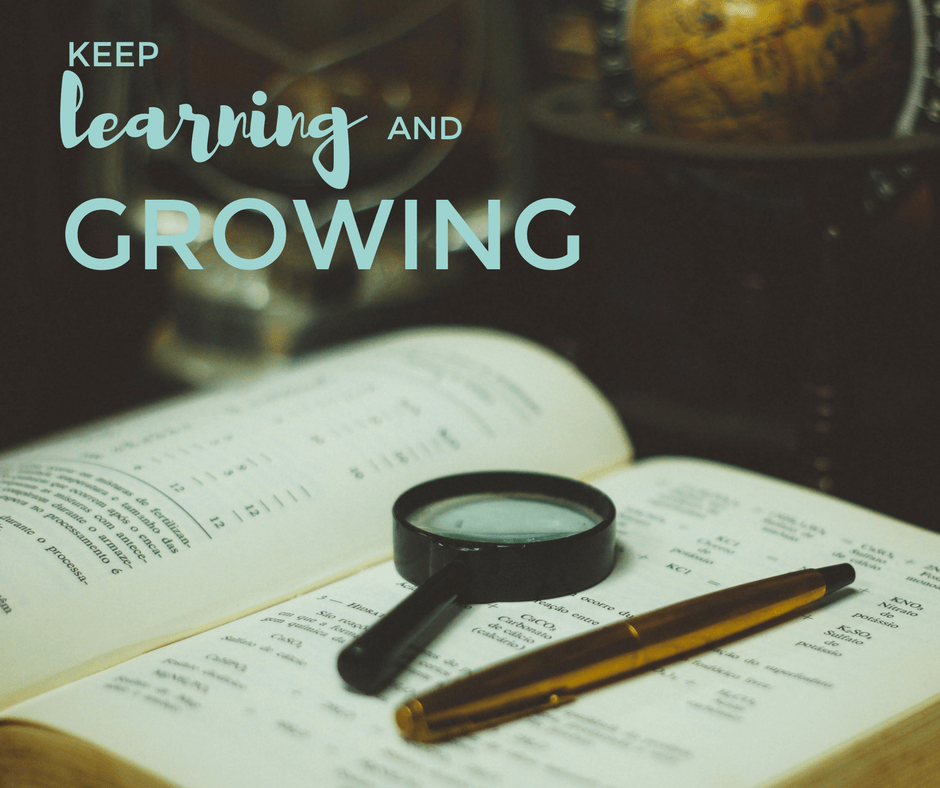
by Naomi | Jan 4, 2019 | Writerly Play Activities
Do you have unexplored creative potential?
A mentor can help you identify and explore new territory.
When people ask me about the value of grad school, I always say that working with mentors saved me years of trial and error. In-person mentors are invaluable, and if you have the opportunity to work with one, I say go for it!
There is also much to gain from mentoring with master artists and thinkers who may not be accessable without a time machine or millions of dollars. Books, podcasts, videos, online courses … in this information age, we have a vast landscape to explore. So vast, that sometimes it’s overwhelming. That’s why I put together a collection of activities for thinkers of all varieties, all focused on choosing the best expert mentor for YOU.
Mentoring with master artists and thinkers is one of the core skills developed in the Writerly Play Library.
The Writerly Play Library, like the other Writerly Play rooms, is designed to help creatives separate their thinking into distinct steps. By knowing the purpose of a thinking task, we can make any activity more productive and achieve stronger results.
Here is a collection of Writerly Play activities designed to help you choose your dream mentor.
Choose the activity that best fits your creativity style. Not sure what your style is? Take the quick quiz and find out.
FOR ARCHITECTS
Use insight from three experts to lead you to the perfect-fit mentor.
Try This
FOR SPECIAL AGENTS
Focus on one expert in this strategic learning exercise.
Try This
FOR COLLABORATORS
Explore what’s important to you in your idea by digging deep with a friend.
Try This
FOR INVENTORS
Identify one-of-a-kind insights by connecting wisdom from an eclectic group of experts.
Try This
by Naomi | Jun 12, 2017 | Creative Life
[clickToTweet tweet=”Inspiration to keep learning from Julia Child – ‘You’ll never know everything about anything, especially something you love.”” quote=”“You’ll never know everything about anything, especially something you love.” ― Julia Child”]
“Learning is not attained by chance, it must be sought for with ardor and attended to with diligence.”
― Abigail Adams
“The beautiful thing about learning is that nobody can take it away from you.”
― B.B. King
SaveSave
by Naomi | May 11, 2017 | Creative Life
One of the first questions I ask writers as they develop a story character is “What are your character’s strengths?” After identifying strengths, we also think about weaknesses. However, we start by looking for those places where a character shines.
If a character has only weaknesses or is overwhelmed by life’s challenges, she doesn’t have the confidence to begin taking action. Characters who can’t take action quickly lose a reader’s interest. We want to shake them by the shoulders and say, “DO something!”
But in our own lives, we tend to focus on the problems.
What isn’t working? What do we need to fix? Maybe this approach is due to the overwhelming amount of marketing messages we encounter. These messages are craftily designed to remind us of who we are not and what we do not yet have. Savvy marketers know that when they sell a transformation, buyers buy. And yet, when we spend most of our time identifying how we ought to be transforming: personally, professionally, creatively, socially, and so on, we lose our footing. Or to be more specific, we lose our confidence.
Starting with a win is a sure way to keep winning.
I’m not talking about fooling ourselves with overly sunny self-talk. We know when we’re telling ourselves a lie. The trick is to start with a win we’ve already achieved, or one that isn’t a long shot from where we currently stand.
Research shows that a key factor to achieving a goal is belief. We must believe we are capable of success. Until we have actually conquered a challenge, we might hope we can overcome the odds, but we don’t know for sure. On the other hand, each real success adds to a track record that builds our confidence. Sounds obvious, right? Yet, we still struggle.
Why? We don’t play to our strengths.
Think about the last time you did something new. Did you first review any current skills or successes on which you might build? Or did you focus on the gap between your skills and your goals? Chances are high you focused on the gap. You’re definitely not alone!
When we consider a child who doesn’t know how to play guitar or draw or speak Spanish, we give the child the benefit of the doubt. They need time to learn this new skill set. As adults, we don’t give ourselves that grace. We look around at peers and we see their expertise. Without questioning our assumptions, we berate ourselves for what we have yet to learn. Rather than playing to our strengths, we start from our weaknesses. In most cases, this negative beginning leads to false starts, slow learning curves, and more often than not, we give up.
What if, instead, you played to your strengths?
What if your approach to learning something new went like this?
- Find a point of connection between what you currently do well and what you want to learn.
- Start with that connection point, and give yourself a small challenge. Choose a challenge you are sure you can tackle.
- When you achieve your goal, celebrate! Tiny mid-journey celebrations help us enjoy the learning process.
- Next, choose a new challenge that stretches you one step further.
- Move forward in this way, small challenge to small challenge.
- If you fail to reach a challenge, don’t fret! Return to your most recent success and analyze what you can learn from the failure. What adjustments will give you a better chance of success the next time around?
- After a few weeks or a month, look back over your progress and note how far you’ve come. Chances are high that you’ll be amazed!
Try it out, and then come on back and share the story of how it went. I’d love to hear about your journey. You can comment below, or connect with me on
Facebook or
Twitter.
Here’s to you and your creative growth!
by Naomi | Oct 27, 2016 | Creative Life
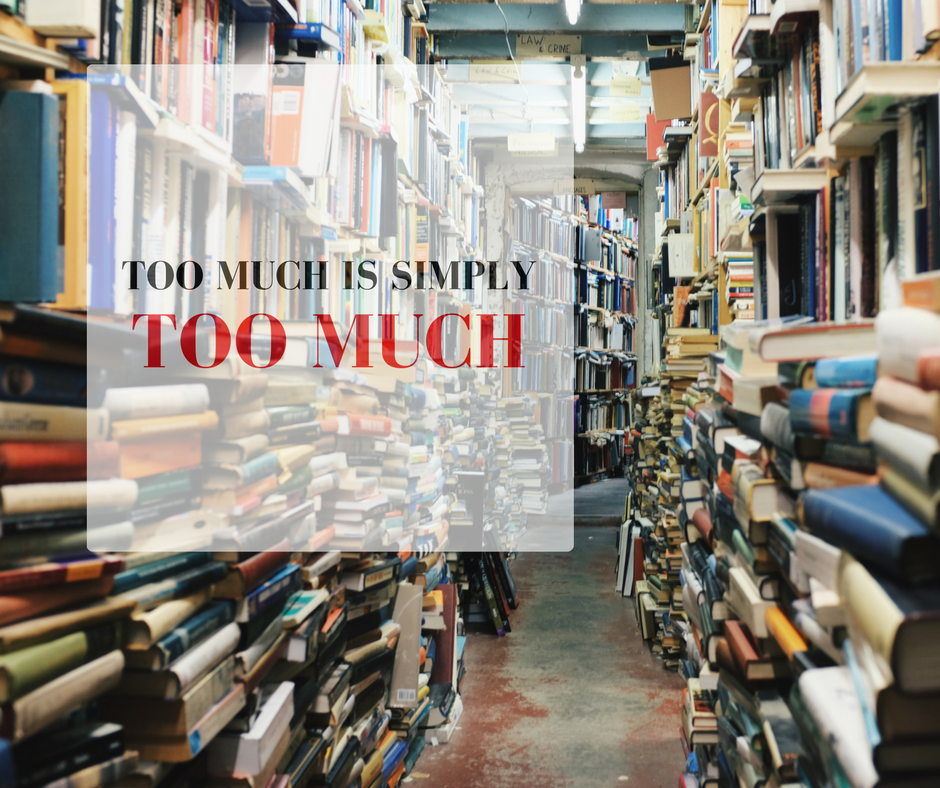
“distringit librorum multitudo” (the abundance of books is distraction)
– Seneca
Even though he didn’t live in our age of information overload, Seneca had the foresight to see that too much is simply too much.
Recently, I realized I couldn’t remember the last five books I’d read, let alone any lessons I’d gleaned from them. With focused effort, I puzzled out which books I’d read. With further thought, I remembered the general plots or a couple key points. Not much to show for my investment of time.
Consumption without reflection is like peppering a steel wall with jelly beans.
Nothing sticks.
Everything clatters.
It’s a lot of noise and leaves behind a mess.
It’s worse than a zero-sum game.
Why? First, we spend our most valuable resource: time. We read books, listen to podcasts, and meet with advisors in order to learn and grow. In theory, spending time on learning and growth is completely worthwhile. But when we rush off to the next thing without capturing our thoughts or thinking about how to apply what we’ve learned, the growth opportunity slips away. Worse, by reading the book, listening to the podcast or meeting with the advisor, we create an internal tension between what we’re doing now and what we want to do or be in the future. Without definition or action steps, that tension builds up, making us more and more uncomfortable.
I’m not who I’m supposed to be.
I’m doing it all wrong.
Why should I even try when I’m so far behind?
Discouragement is a powerful foe.
The best way to push back against discouragement is to slow down. When you slow down, you allow yourself time to reflect. You diminish that inner tension because when you’ve decided how to apply your learning, you can take action. The action shrinks the distance between where you are and where you hope to be. When you slow down, you save time.
However, slowing down is counter-cultural.
Very. Just listen to the small-talk at any meet-and-greet, and you’ll hear fifty people explain how busy they are. Busyness, despite the fact that we all claim to resent it, is a badge of honor. We all appear to have an inner gremlin jumping up and down inside our brains shouting, “Go, go, go!” The gremlin is hard to ignore. And yet, if we want to push back against discouragement, if we want to feel more grounded, if we want to truly learn and grow, we need to build a habit of reflection.
Gretchen Rubin, of Happiness Project fame, suggests a variety of strategies to make good habits possible. One of those strategies is the strategy of convenience.
How can you make reflection convenient?
- Choose a starting place. Don’t try to become a reflection aficionado overnight.
- Designate a collection tool. Once you’ve chosen one kind of reflection to add to your routine, consider how and where you’d like to capture your thoughts. A notebook? A digital tool? Consider convenience both in the moment of reflection and later when you review your notes.
- Create a template. Pre-thinking about the questions you’d like to answer makes the reflection process much more efficient. Also, a standard format for responses makes reviewing the set as a whole more meaningful.
- A template may be a set of three questions you write in the front of your paper notebook, and that you answer each time you reflect.
- A template may be a PDF that you load as a custom page into a digital app such as Noteshelf.
- A template may be an outline that you draft, and then copy/paste in an app such as Evernote or Google Drive.
Once you get one reflection habit underway, you can turn to another area of your life where reflection may help you grow. If you build a system that is easily expandable, soon, you’ll find that reflection has become a way of life. You will feel a greater sense of ease as you take action on the goals that are important to you. The time you invest in learning will yield more significant results. By slowing down, you not only save time, but allow each experience to be more rich, valuable and meaningful.
I use a template for end-of-the day reflection. It includes a place to record ideas from the day, story moments, “gold stars” (moments I’m proud of) and “demerits” (moments I’d do over if I could.) I particularly like using the playful “gold stars” and “demerits” as a process of noting what’s going well and what I’m learning. Demerits, particularly, help me to let go of the “I wish I had …” thoughts that can get in my way.
If you’d like to download my template and try it out yourself, download it here.. I recommend loading this page into the Noteshelf app as a custom page, and dedicating a digital notebook to your reflection process. However, you can, of course, use or adapt the template however you like!
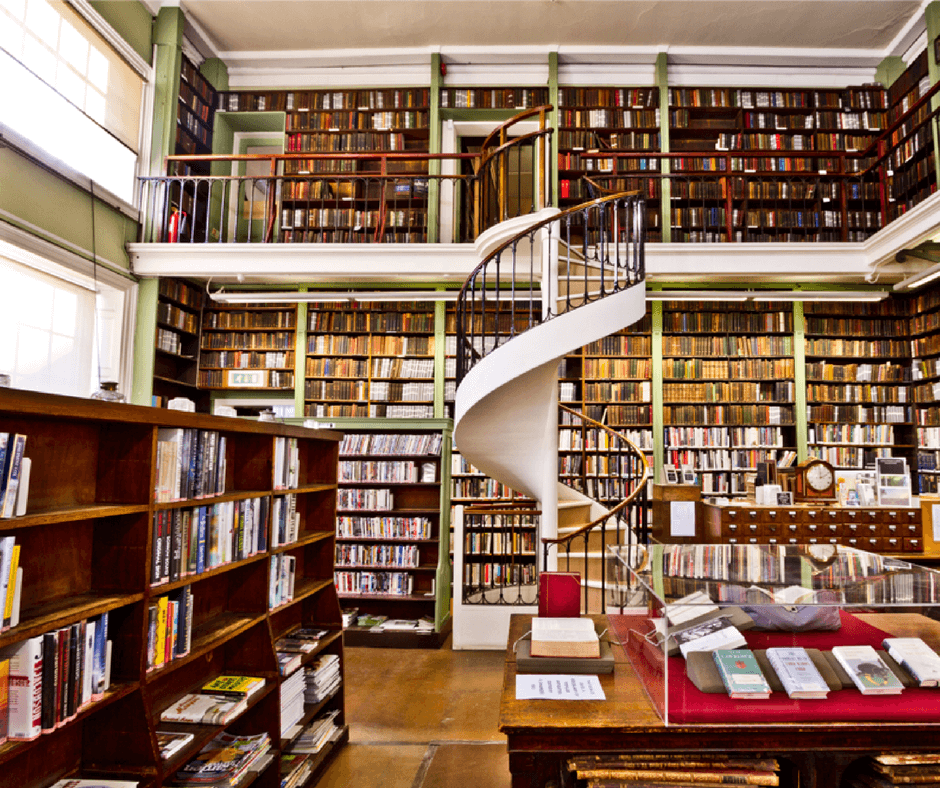
by Naomi | Aug 29, 2016 | Creative Life
It’s time for the Writerly Play Library, one of the most powerful–and most often forgotten–rooms.
If you’re joining this series mid-stream and wondering what in the world the Writerly Play Library is, you might find it helpful to start at the beginning.
Out of the five mental spaces in the creative landscape of Writerly Play, the Library is the one that has made the most difference in my creative development. Sometimes people have difficulty distinguishing between the Writerly Play Workshop and the Writerly Play Library. If that’s true for you, not to worry! In fact, I recommend installing a rotating bookcase between the two. Unlike the distance needed between the Writerly Play Studio and the Workshop, the Library and the Workshop are close neighbors, and their tools inform one another.
If the rooms are so closely related, why not knock the walls down and make them one? In this case, the separation is a reminder. In the Workshop, we look closely at our own work. We analyze what works and doesn’t in our own projects. We find areas of growth. But, what then? It’s time to pass through to the Library. We need to study masterworks, analyze what’s working and why, and then reverse-engineer success.
In the Library, you’re invited to study masterworks in many genres—analyzing, identifying strengths, and applying what you learn to your own work.
Like in our neighborhood libraries, we’re likely to start with the most familiar stacks. Maybe our favorite area of the Writerly Play Library is a shelf filled with books like ours. Remember to follow your curiosity. Unexpected connections can spark entirely new ways of thinking. Study sculpture, paintings, performances, and photographs. Find insight in the rhythm of a tango for the structure of your narrative poem. Find tone in a pen-and-ink sketch to try in your next script.
What type of doorway will invite your curious, investigative self out to play? Although the Workshop is an important entry point for the Library, you’ll want to install passageways between the other rooms and the Library, too. No matter what kind of obstacle you’re facing, the Library holds inspiration that can help you move forward. Design your doorways, and then choose one, and come inside.
Look around. Libraries come in all sizes and styles. How does yours look?
Do you have floor-to-ceiling bookshelves? Does it look more like a museum? Maybe it’s not a room at all, but rather a rambling building filled with performance spaces, listening rooms and study nooks.
The more you engage with Library thinking, the more you’ll push beyond your current skill level and into new territory.
The core skills in the Writerly Play Library include:
-
Choosing a Lens
-
Picking a Mentor
-
Finding Patterns
-
Identifying Strengths
-
Reverse Engineering
-
Personalizing Strategies
In order to play to your strengths while thinking in these ways, what tools, strategies or supplies ought to be in your Library? What tried-and-true strategies do you have? What kinds of tools or activities would you like to seek out?
Add to your toolkit or list. And if you’d like to explore some additional possibilities, here’s my recent list of Library tools and strategies.
How do you tend to use your Writerly Play Workshop and Writerly Play Library? Do you keep the door open between them? Like so many others, do you tend to forget the power of the Library? Are there Library resources that you haven’t yet used, but that you’re curious to examine more closely?
We have only one room left in The Nuts and Bolts of Writerly Play. That’s not to say that you or I won’t discover additional rooms in the future. The beauty of a loose framework like Writerly Play is that there’s always room to explore and grow. Tomorrow, we’ll make our way to the Writerly Play Cafe. See you soon!
SaveSave

